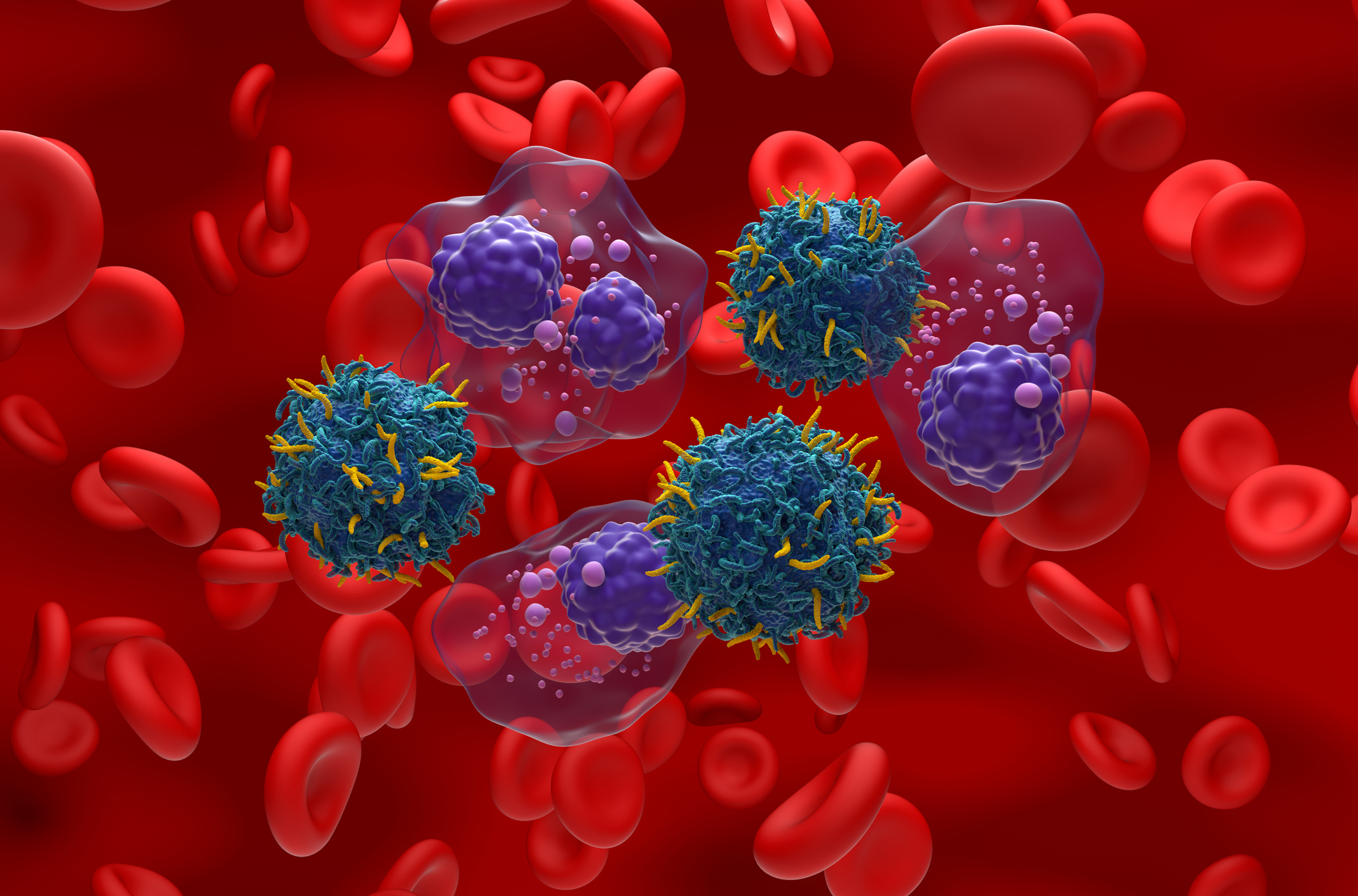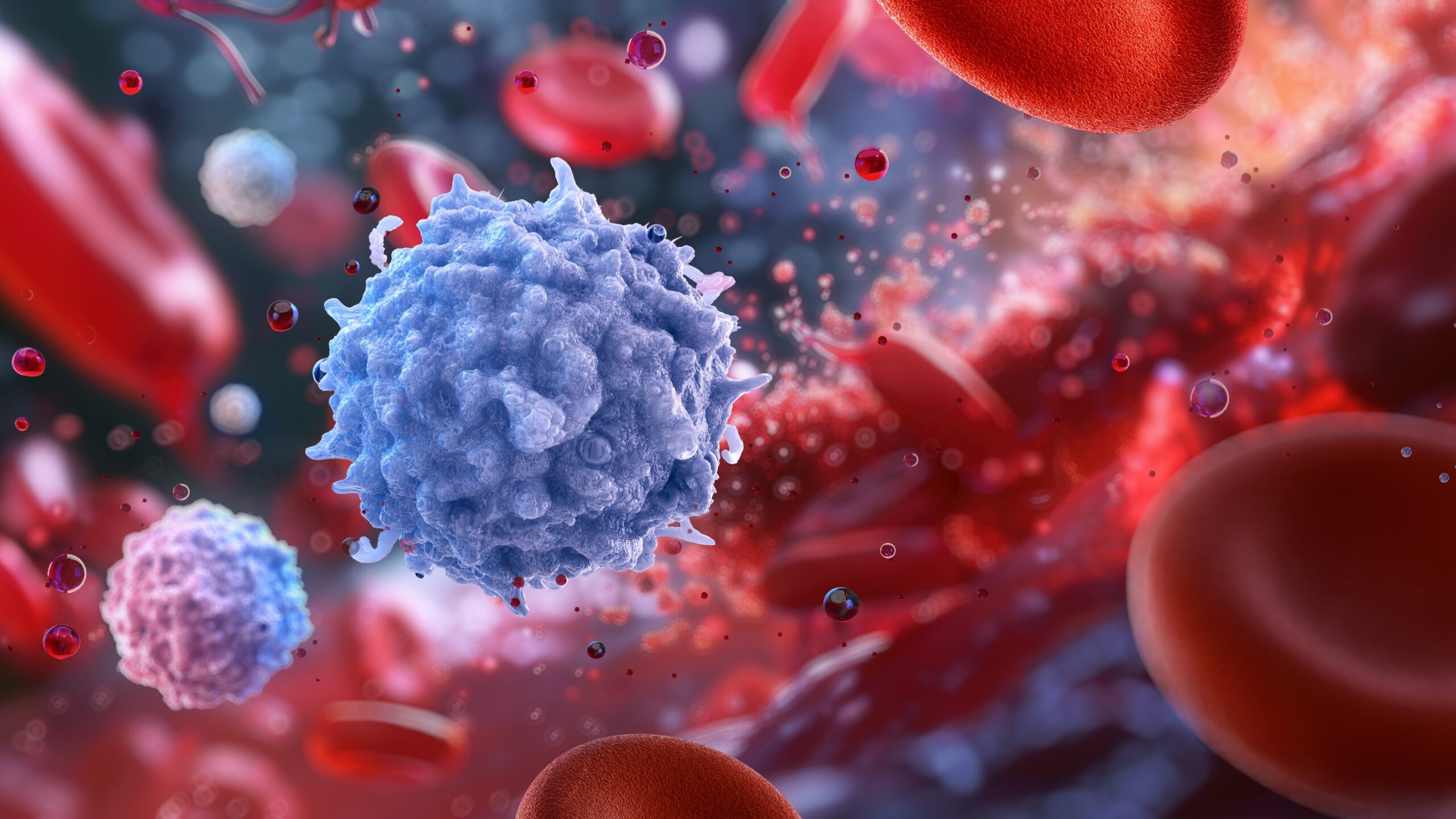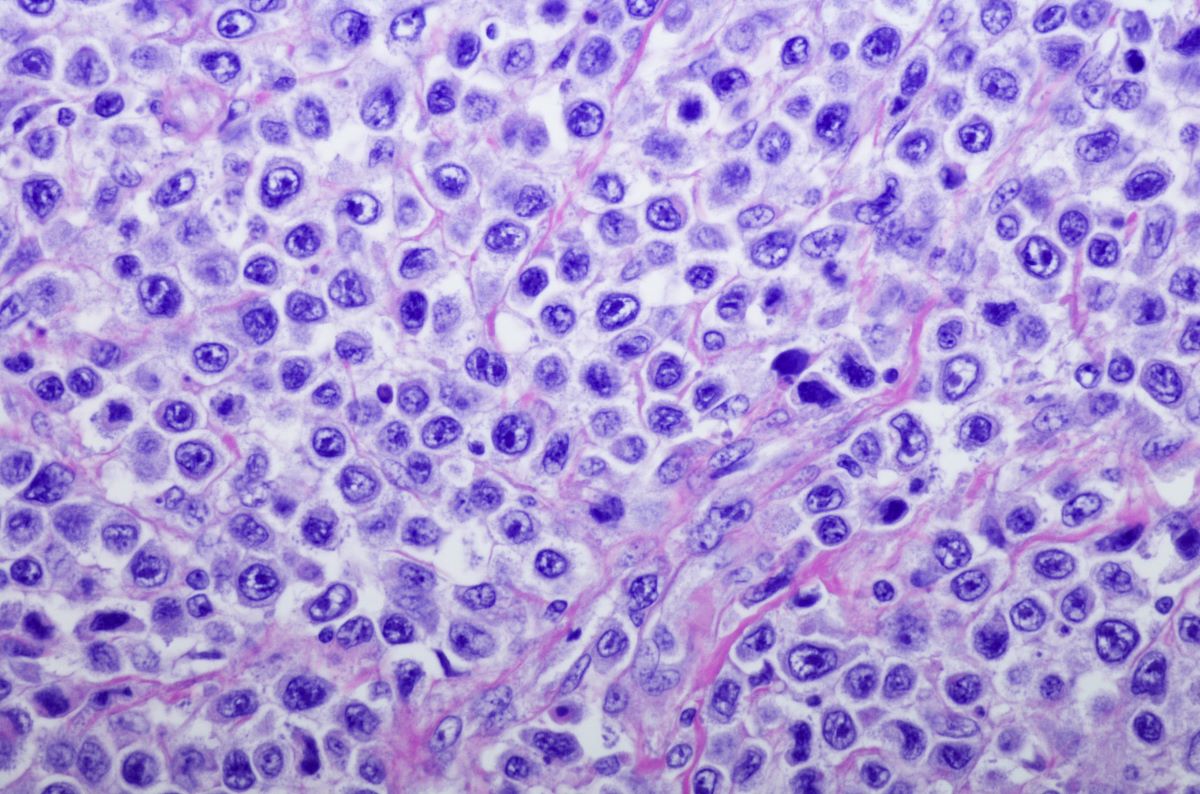
More than three-quarters of patients with myelofibrosis had anemia, and those with anemia experienced “substantial” health care resource utilization burden, according to a recent study.
John Mascarenhas, MD, of the Tisch Cancer Institute at Mount Sinai, and colleagues presented the study’s results during the 2023 European Hematology Association Congress.
They conducted the study to address the “limited data on real-world clinical management of anemia” and the “associated health care resource utilization” in patients with myelofibrosis.
Dr. Mascarenhas and colleagues used the IQVIA PharMetrics Plus database to identify pharmacy, hospital, and medical claims data for adults with International Classification of Diseases (ICD)-9 or ICD-10 codes for myelofibrosis from 2009 to 2022.
To be eligible for inclusion, patients were required to have an ICD-9 or ICD-10 code for anemia within three months before the first myelofibrosis code until the end of the study period. The study’s investigators considered the date of the first code for anemia as the first index date. All eligible patients had at least 12 months of continuous enrollment with medical and pharmacy benefits after treatment.
Dr. Mascarenhas and colleagues identified 11,371 patients with myelofibrosis, finding that 76.8% had concurrent anemia. After they applied eligibility criteria, they evaluated 1,148 patients who had myelofibrosis with concurrent anemia. The median patient age at index was 62 years. Just under one-third (31.2%) of patients received red blood cell transfusions, with a mean of 7.8 transfusions.
Less than half (40.5%) of patients received systemic therapies for myelofibrosis. Hydroxyurea was the most common therapy, with 17.6% of those patients receiving it. Ruxolitinib, received by 17% of those patients, was the second most common therapy.
In the 40.5% of patients who received supportive care therapies, erythropoiesis-stimulating agents, received by 16%, were the most commonly used therapies.
More than one-third (39.2%) of all patients were hospitalized, spending a median of five days in the hospital. On average, patients had 68.9 all-cause total health care visits, 26.9 total pharmacy visits, and 43.9 total medical visits per patient per year. The corresponding mean number of myelofibrosis-related event rates were 1.5, 12.8, and 1.7 per patient per year, respectively. The corresponding mean number of anemia-related event rates were 1.8, 13.9, and 1.6 per patient per year, respectively.
“Transfusions were frequently used as supportive care in these patients,” Dr. Mascarenhas and colleagues concluded, noting that “patients with anemia incurred substantial [health care resource utilization] burden in routine clinical practice” and “more effective therapies are required to address the unmet need of anemia burden.”
Reference
Mascarenhas J, Subbiah K, Jones S, et al. Real-world treatment patterns and healthcare resource utilization in myelofibrosis patients with anemia. Abstract P1059. Presented at the 2023 European Hematology Association Congress. June 8-15, 2023; Frankfurt, Germany.






 © 2025 Mashup Media, LLC, a Formedics Property. All Rights Reserved.
© 2025 Mashup Media, LLC, a Formedics Property. All Rights Reserved.